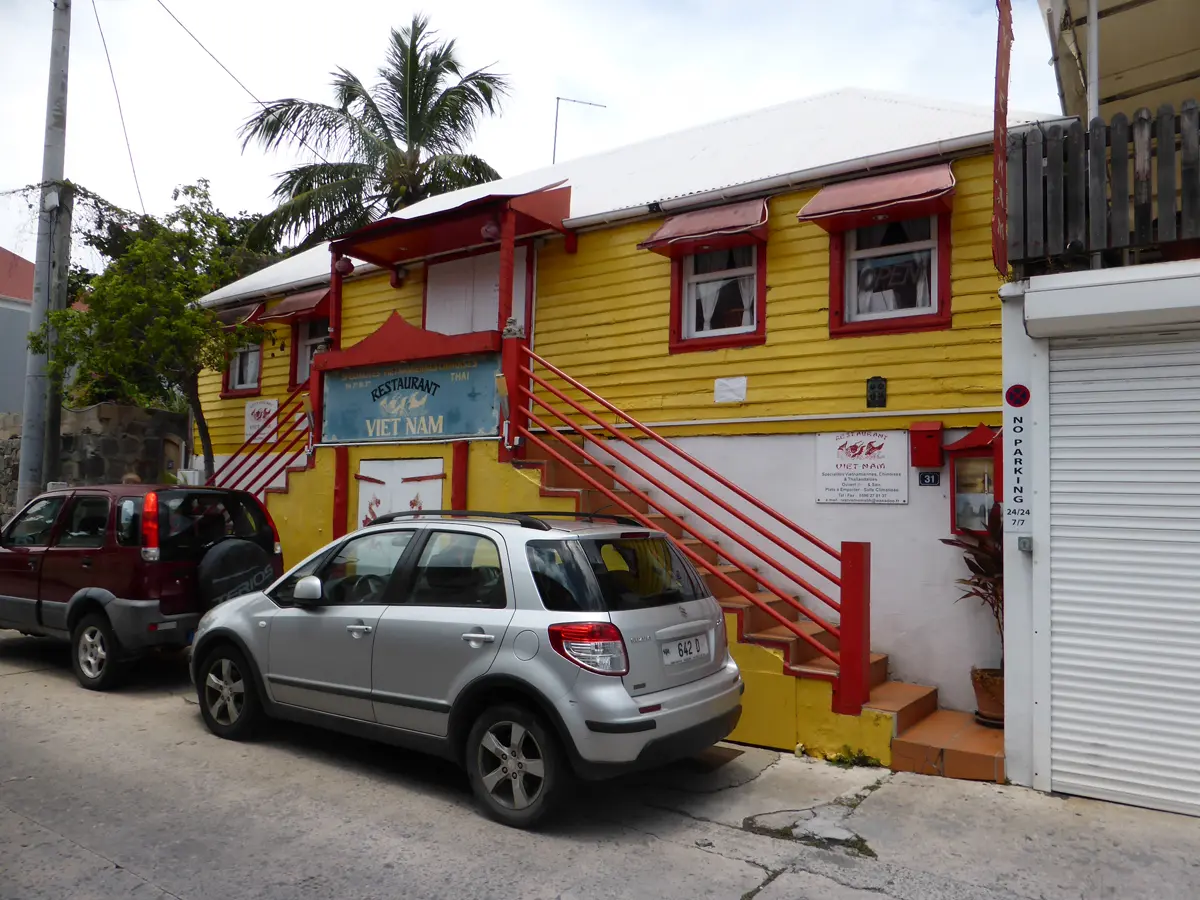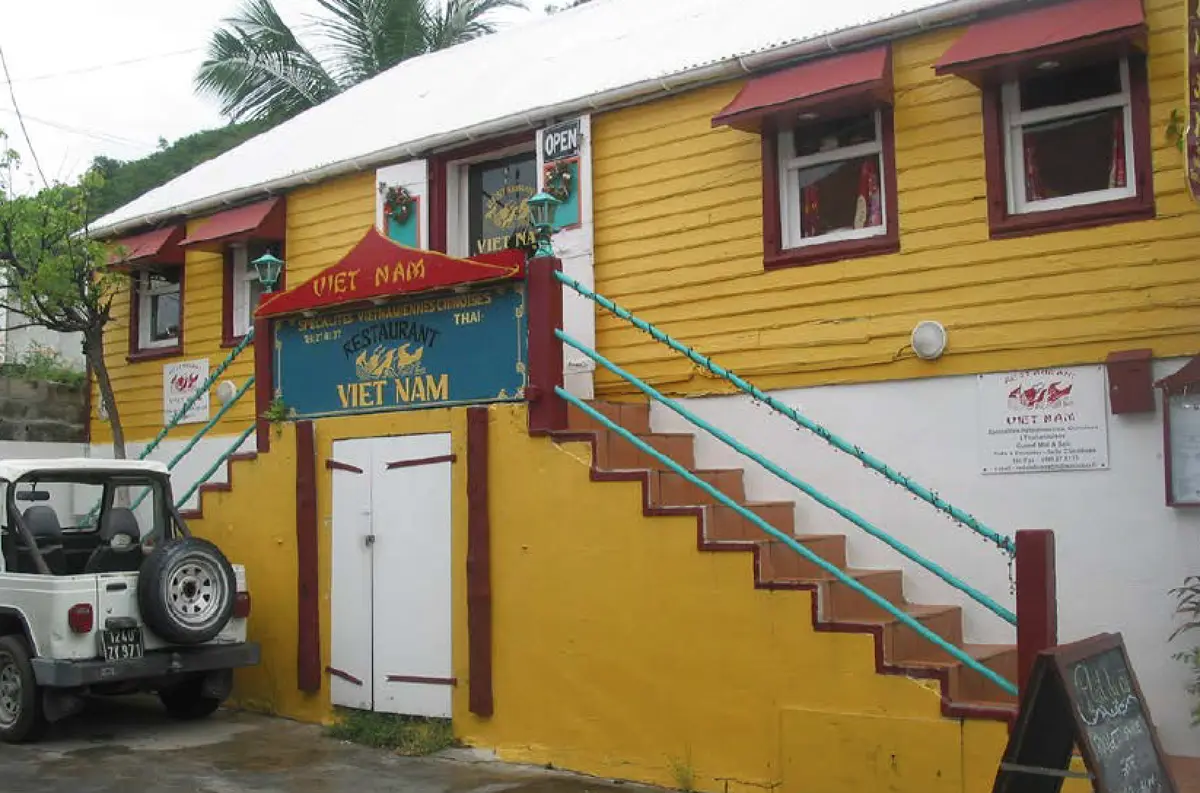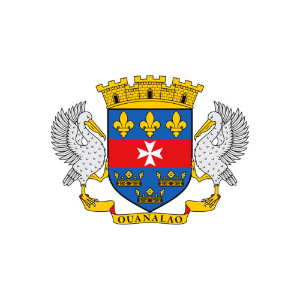The Swedish Priest House, constructed around 1790, holds a significant place in St. Barth’s colonial history. Built by Swen Thunberg, one of the first Swedish arrivals on the island aboard the ship Sprengtporten on March 6, 1785, this house represents the early days of Swedish influence. Thunberg’s tenure as priest was marked by his inclusive approach, ministering to people of various faiths despite the religious diversity of the time. His initiative to hold English worship services demonstrated an early commitment to serving the island’s diverse population.

The house’s history reflects the transient nature of colonial life. After Thunberg’s return to Sweden, Johan Carl Thorell took residence and quickly renovated the property. Thorell’s short-lived occupancy, ending with his death in 1792, was followed by a period of vacancy in the priesthood. From then until 1803, the house hosted several notable residents, including Olof Wilhelm Leijon Norderstedt, famous for founding the Anjala conspiracy against King Gustaf III of Sweden. Perhaps most significantly, it was home to Samuel Fahlberg, the doctor and surveyor credited with designing Gustavia’s city plan.

Today, the Swedish Priest House continues to serve the community, albeit in a different capacity. It now houses one of Gustavia’s oldest restaurants, blending historical significance with modern utility. Despite the loss of its original gallery, the building remains an excellent example of late 18th-century Swedish colonial architecture for civil servants. Its enduring presence and evolving use encapsulate St. Barth’s ability to preserve its rich history while adapting to contemporary needs.
